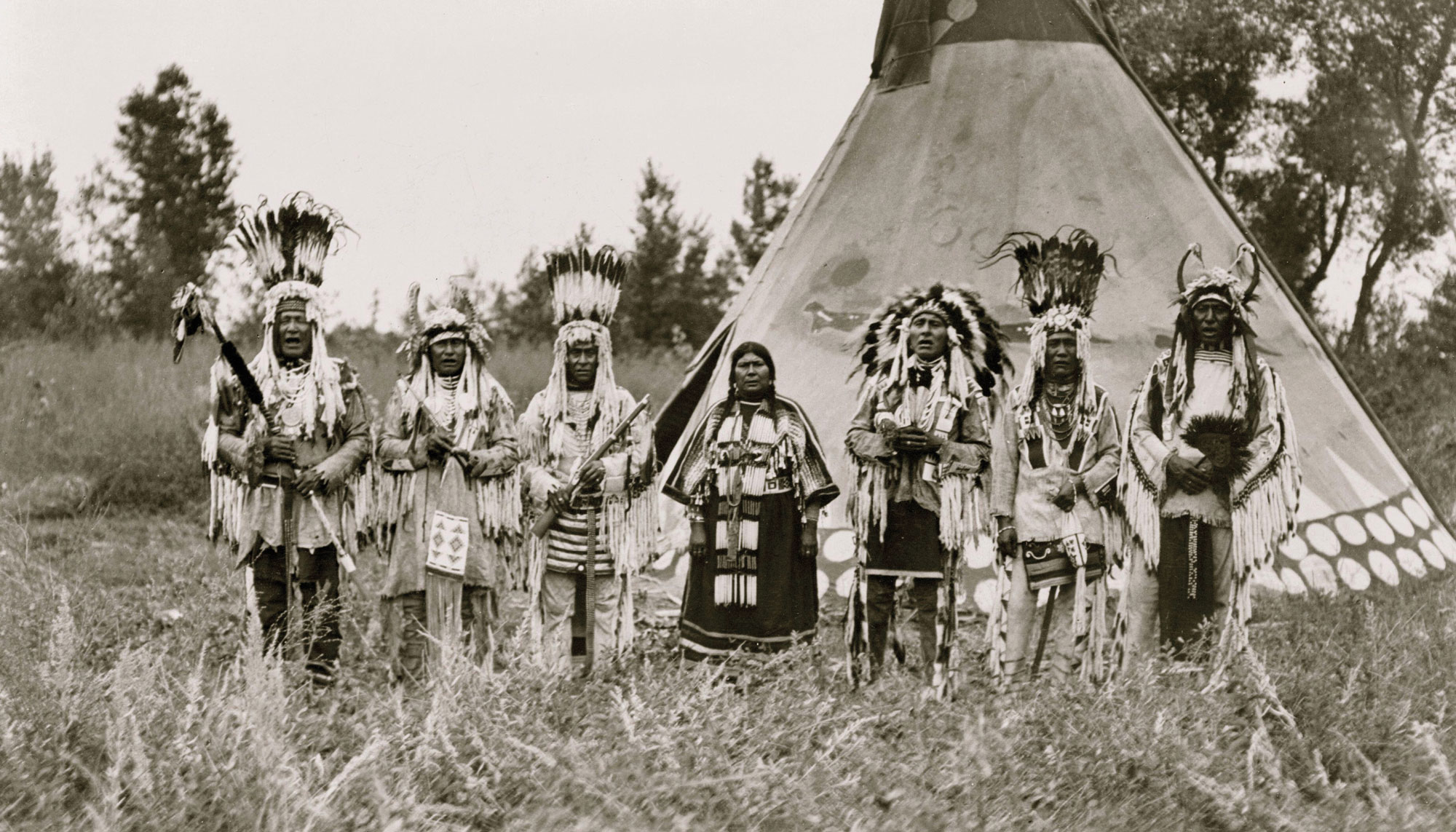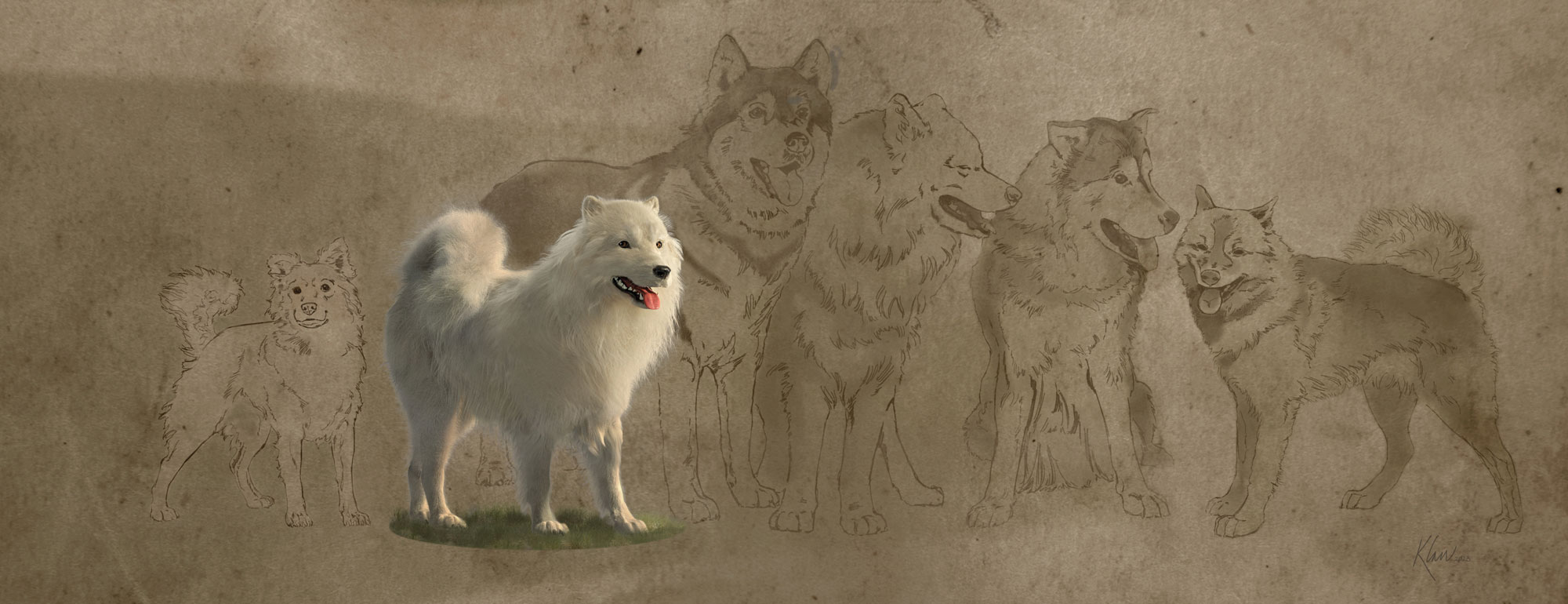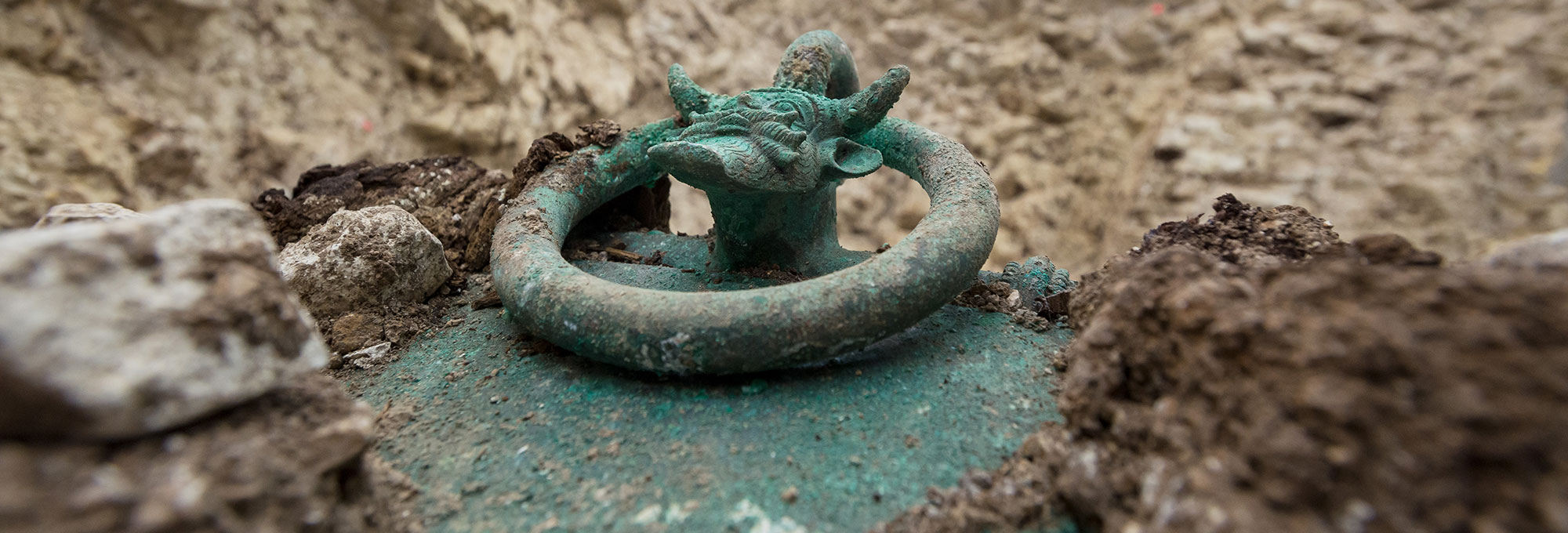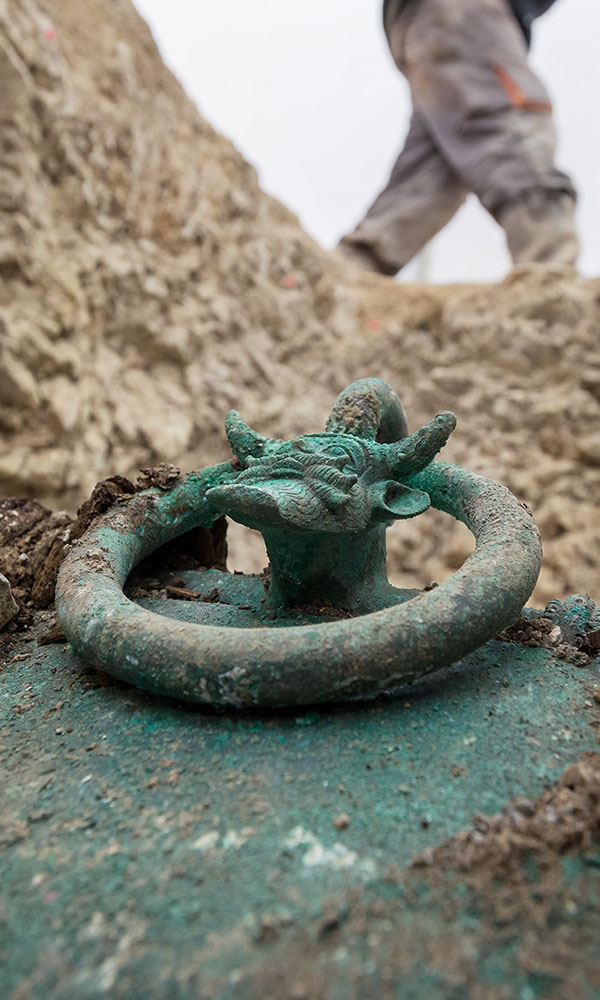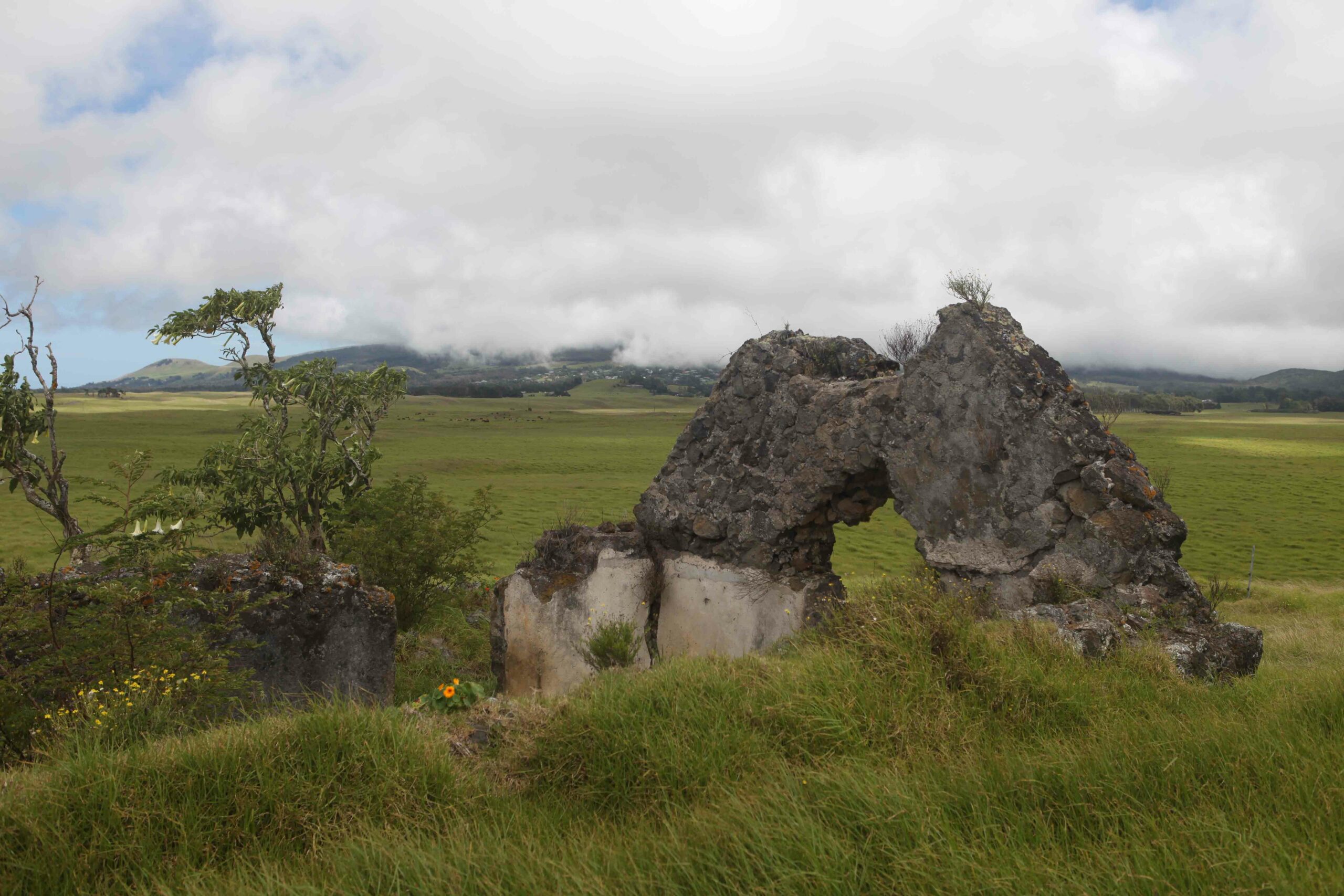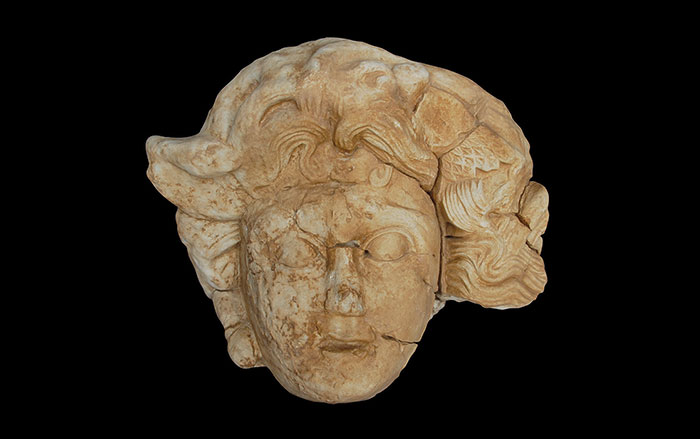
BUFFALO, NEW YORK—Biologist Robert J. Warren of SUNY Buffalo State thinks that the honey locust tree, or Gleditsia triancanthos, may have been cultivated by the Cherokee in the southern Appalachian Mountain region. “Native Americans may have affected the concentration of plant species long before Europeans came to North America,” Warren explained in a press release. “I noticed that whenever I saw a honey locust, I could throw a rock and hit a Cherokee archaeological site. I knew that, in the late Pleistocene era, the main source of dispersal for honey locusts was megafauna such as mastodons. But mastodons disappeared more than 10,000 years ago. You’d expect plant species that relied strictly on extinct megafauna for seed dispersal would only exist in small, remnant populations,” he said. Warren identified Cherokee settlement sites with military maps, historical accounts, archaeological research, and historical markers, and verified them with the Eastern Band of the Cherokee Nation Tribal Historic Preservation Office. He then searched for honey locust trees. He found that the trees are more strongly patterned by Native American settlements than by their water, sunlight, and soil requirements, or alternative, biological methods of seed dispersal. To read more, go to "Earliest Cherokee Script?"



